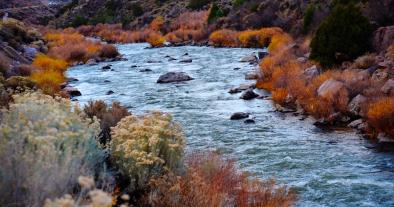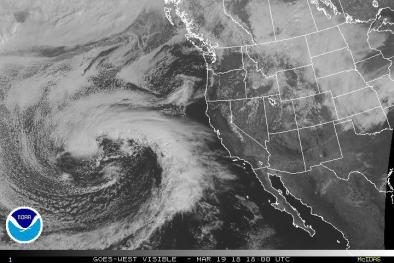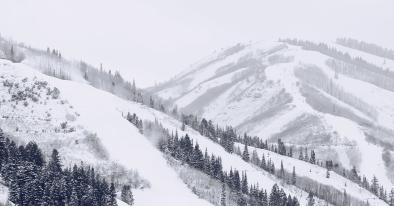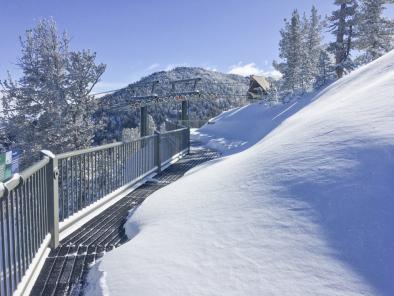California and Beyond: The State(s) of The Expanding Drought
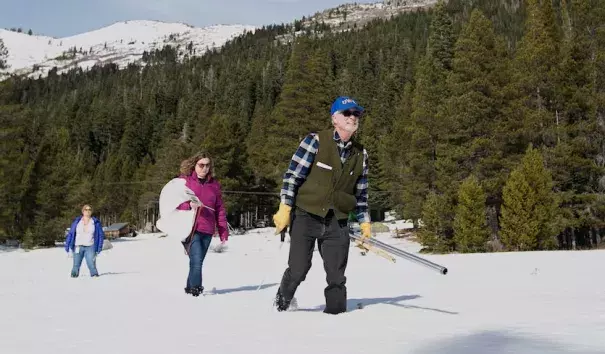
As day after sunny day goes by, Californians are having uncomfortable flashbacks to a drought that seemed to be well in the past. One of the driest five-year periods in California history (2011-16) was promptly followed by one of the wettest (2016-17). Many reservoirs are still flush from the hydrologic bounty of last winter, but they could be hurting again later this year. The state is wrapping up one of its driest October-to-January periods on record, and there’s little hope of moisture through at least mid-February.
The situation was brought home Thursday as the California Department of Water Resources carried out its monthly high-profile check on snowpack at the benchmark Phillips Station in the central Sierra Nevada. The survey found snowpack at just 14 percent of the historical average, or just 13.6”.
...
Unusually warm conditions across the West are making things worse by hastening snowmelt and evaporation. Record highs were set three days in a row this week (Sunday through Tuesday, Jan. 28-30) at the University of California, Los Angeles, where records go back to 1933.
La Niña winters (such as the one we’re in now) tend to produce wetter-than-usual conditions across the Northwest U.S., with increasing odds of dryness as you head south. This year, the classic La Niña moisture pattern is roughly holding, except that very strong upper-level ridging across the North Pacific into western North America has shunted moisture further north than usual across the U.S. West—a worrisome echo of the northward displacement of moisture away from the Southwest during El Niño in 2015-16.
As reported by InsideClimate News, several recent studies have shown how rising temperatures are pushing snowfall toward higher altitudes across the U.S. West; for example, one study found that on the western flank of the Sierra, the snowpack shrinks by 10 percent for every 1 degree Celsius of warming.
...
Texas
Moderate to severe drought now covers more than 40 percent of Texas, compared to just 4 percent right after Hurricane Harvey struck.
...
New Mexico
Albuquerque is in the midst of its driest water year (Oct. 1-present) in records going all the way back to 1892. The city has picked up just 0.07” of moisture, compared to the previous record of 0.20” from 1904.
...
Arizona
The region’s two massive reservoirs along the Colorado River, Lake Mead and Lake Powell, got a boost from the wet winter of 2016–17, but inflows to the lakes from the Southern Rockies could be far less this spring and summer. The amount of water held in snowpack across the Upper Colorado River basin, which sends water into the two lakes, is less than half of what it was at this point in 2017 (see Figure 5 below).
...
Oregon
The lack of mountain snow across California extends north into the Oregon Cascades, where snow water equivalents were running only around 50 percent of average as of January 19. The state’s mountains got some respectable autumn storms—Oregon precipitation was near average for October through December—but it was much warmer than average at higher elevations in December, even as lower-elevation readings were below average, said the Office of the Oregon State Climatologist in its December climate summary.
Related Content
